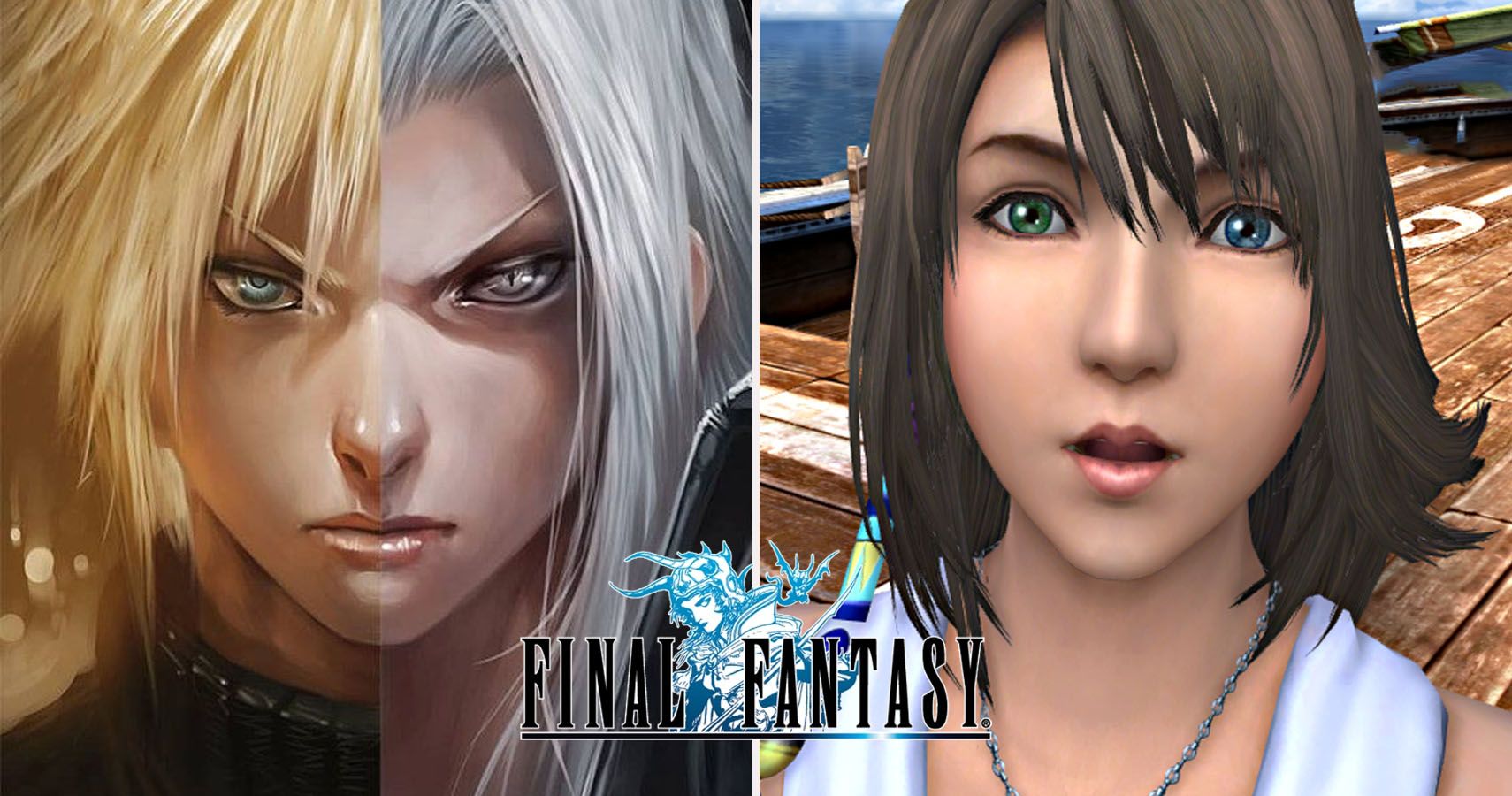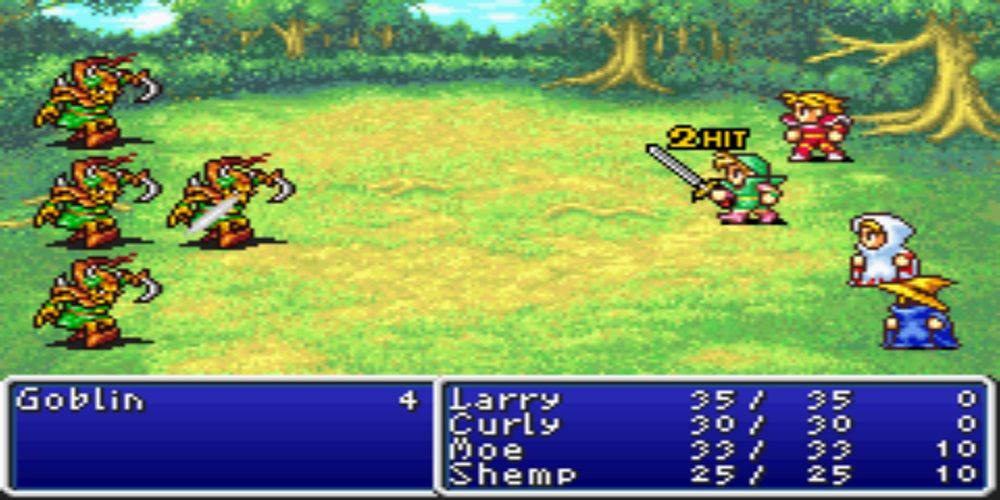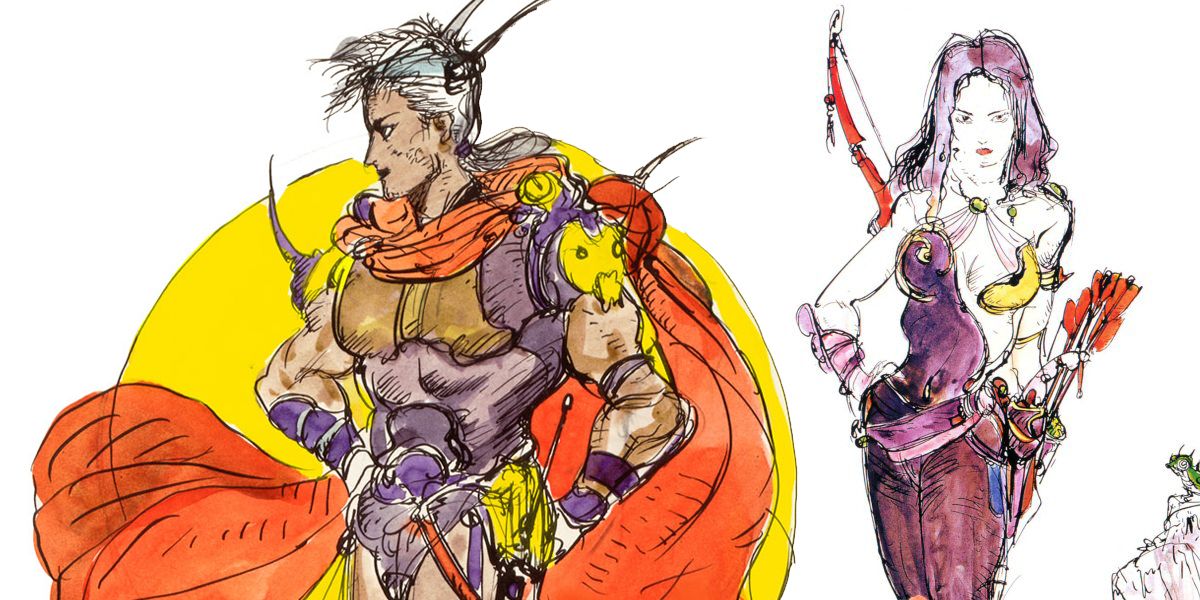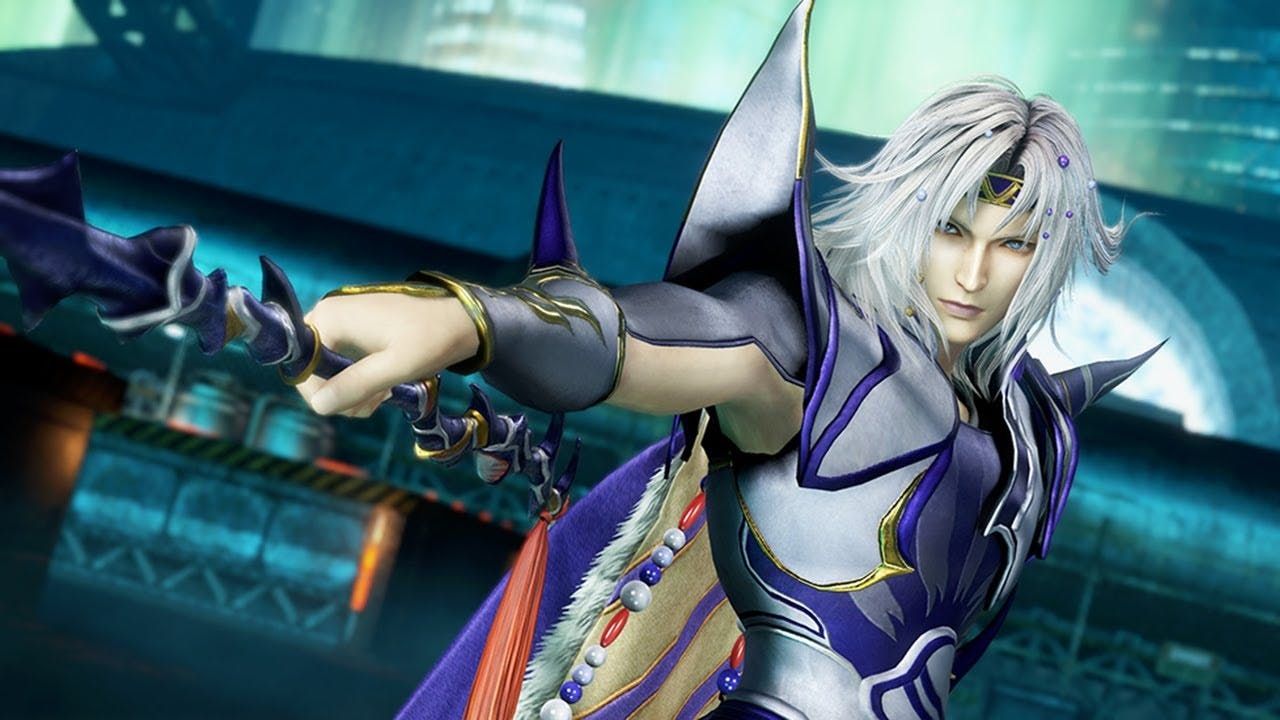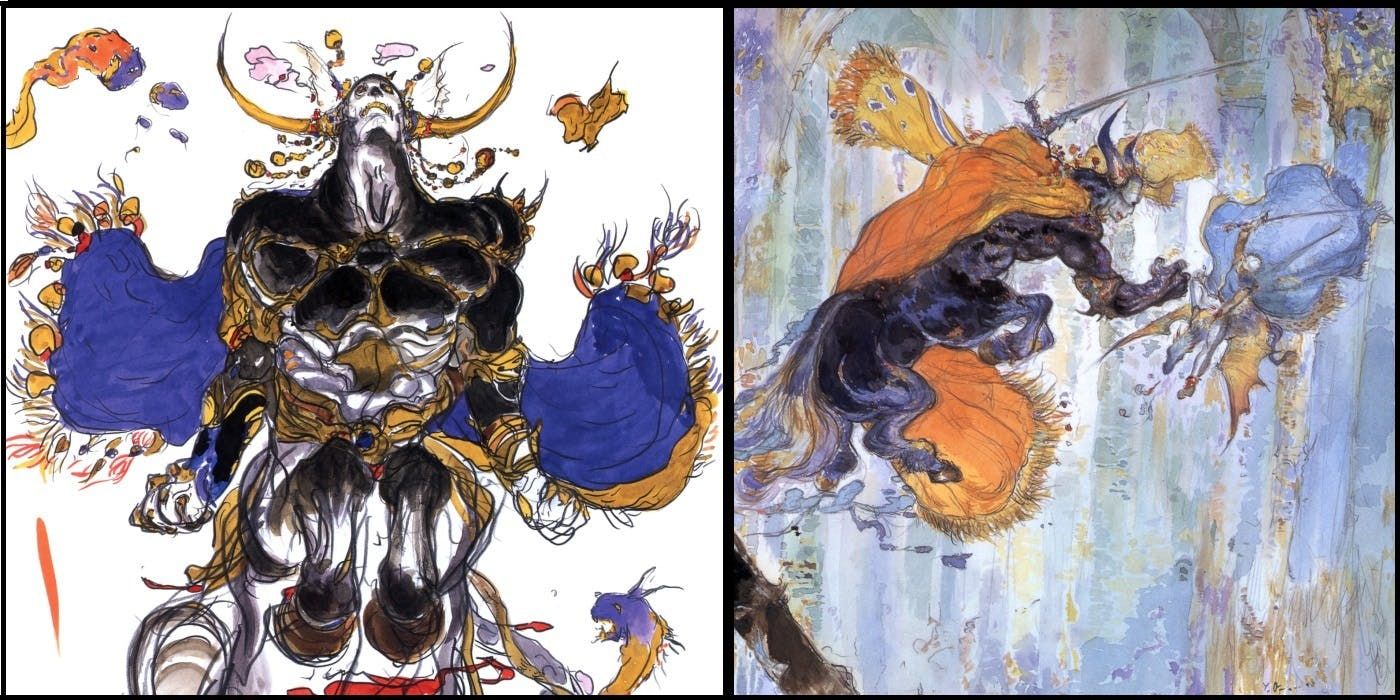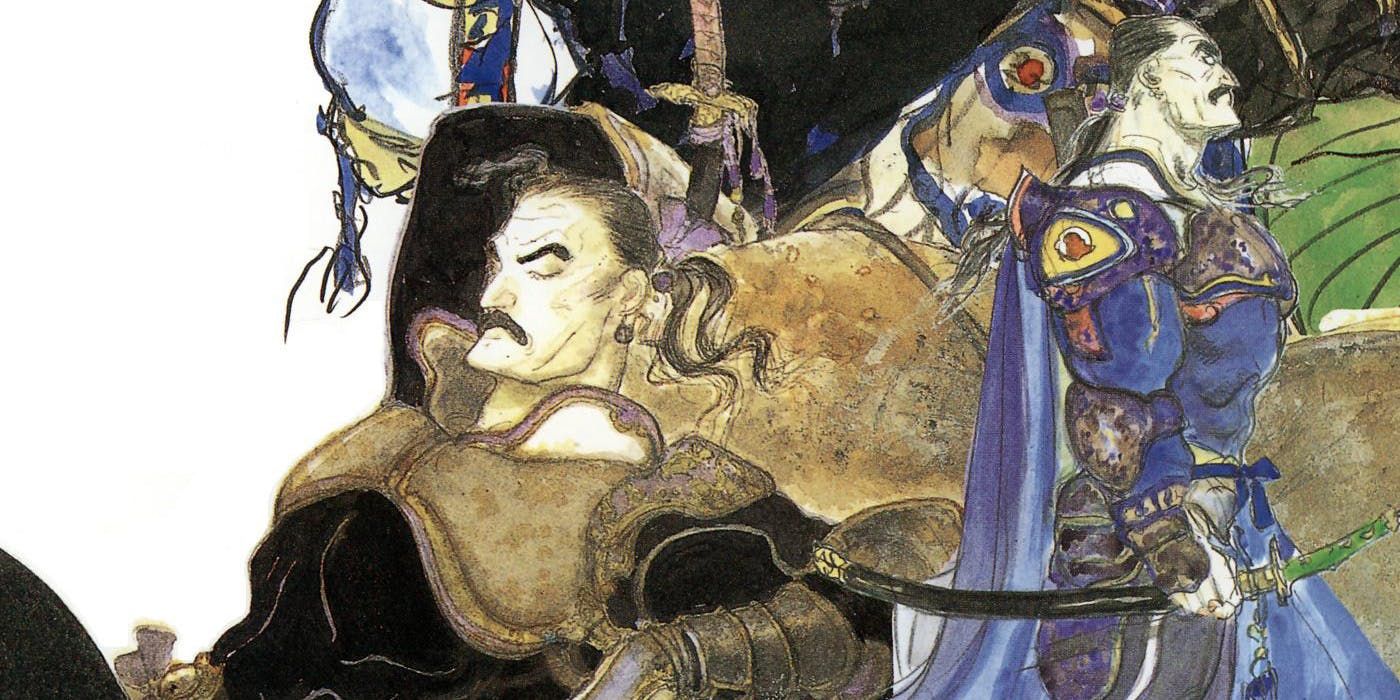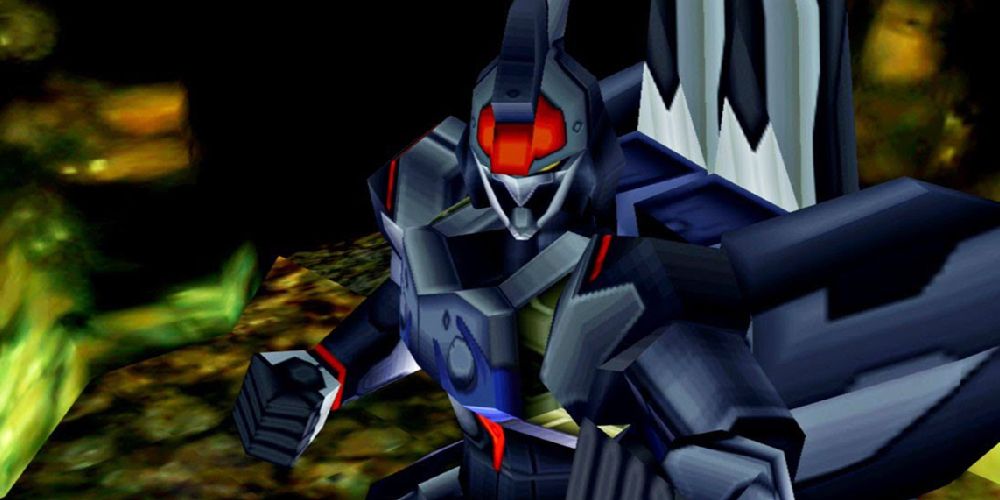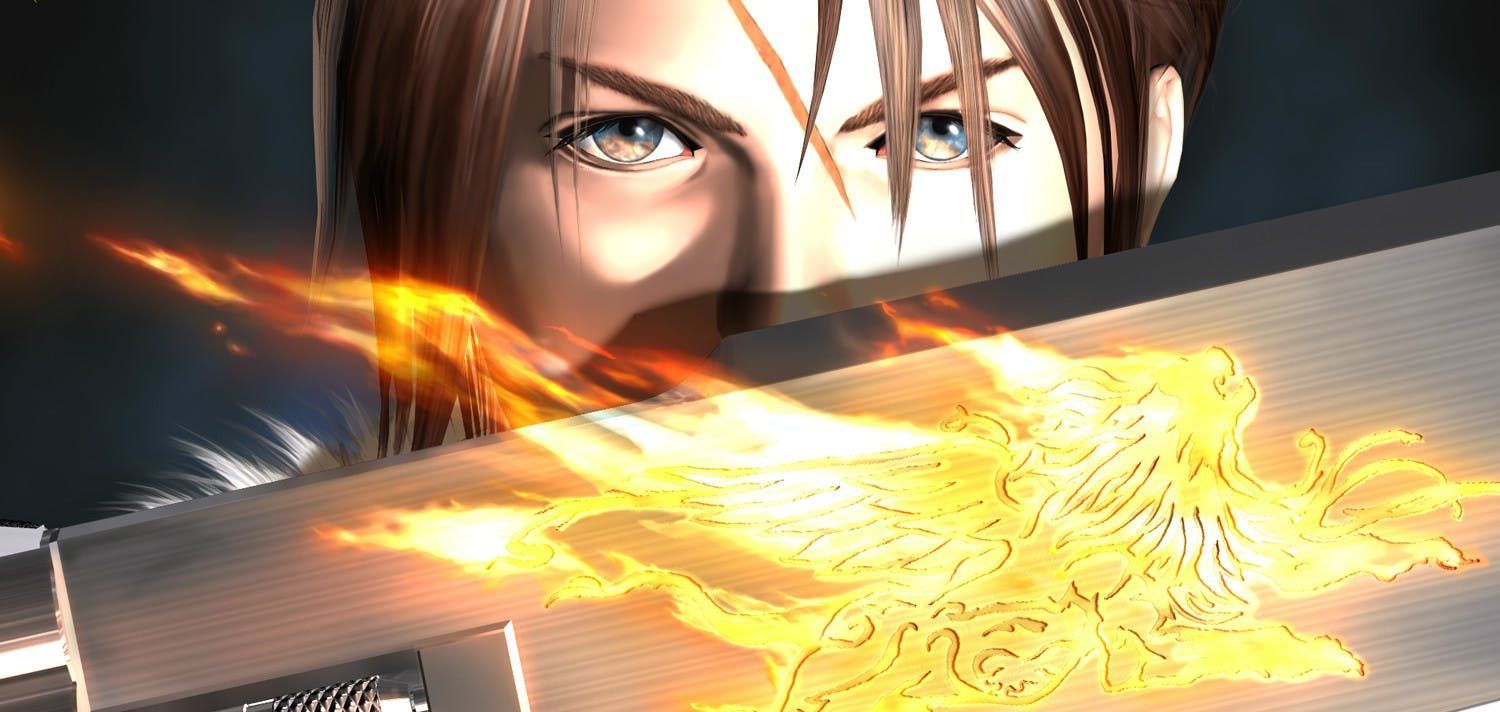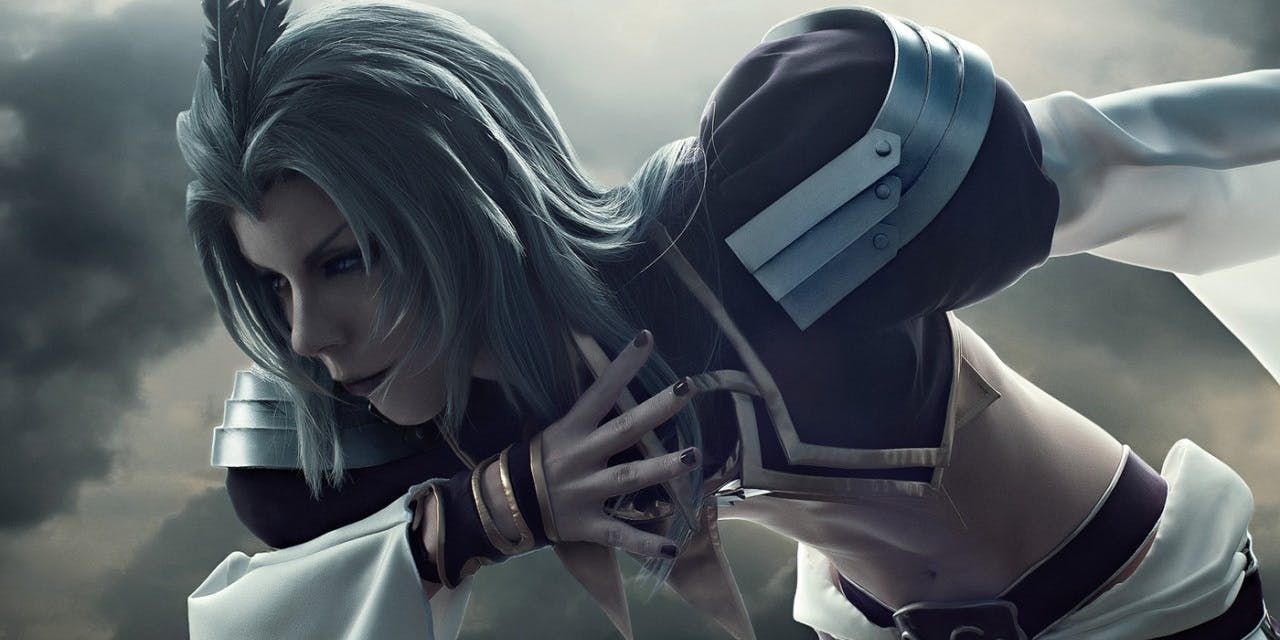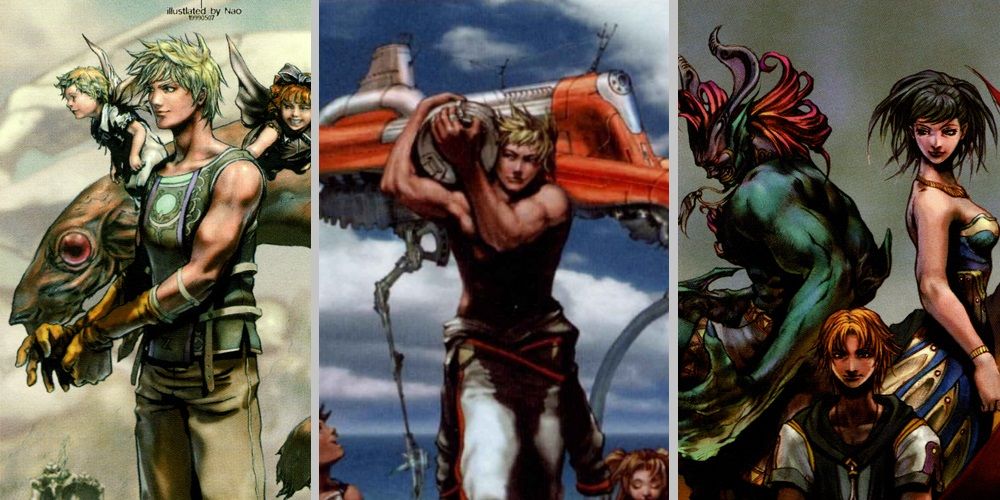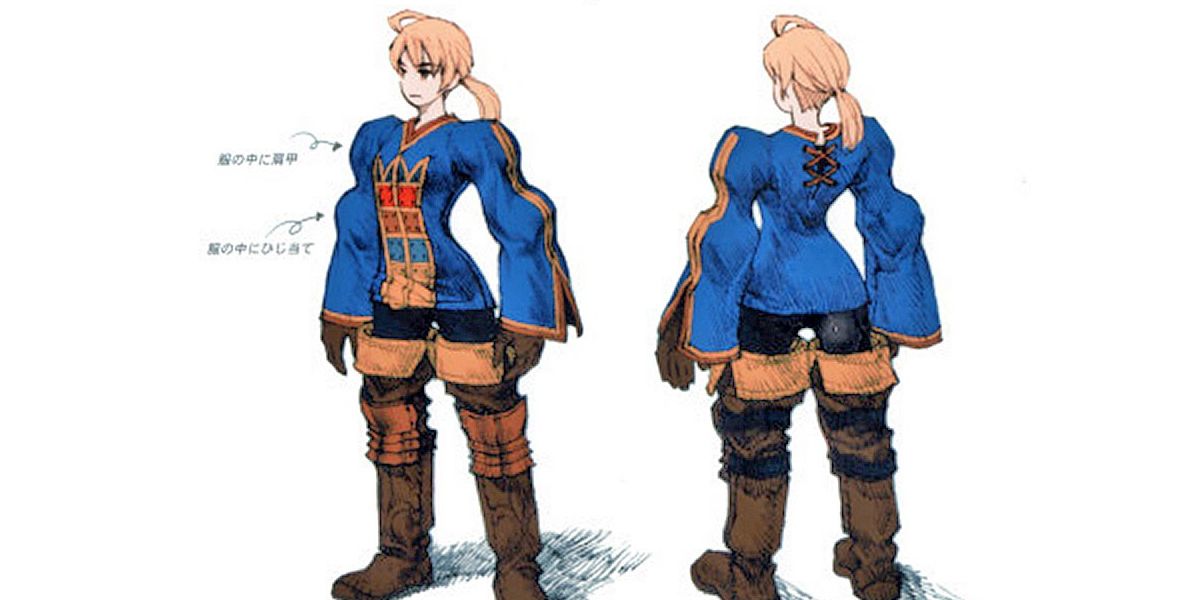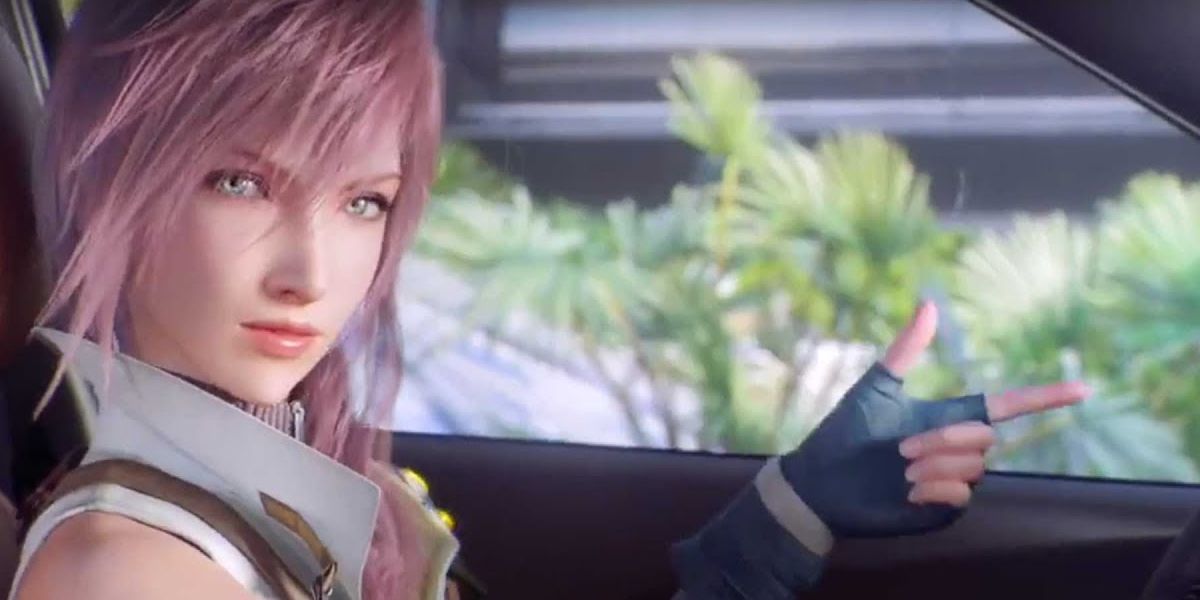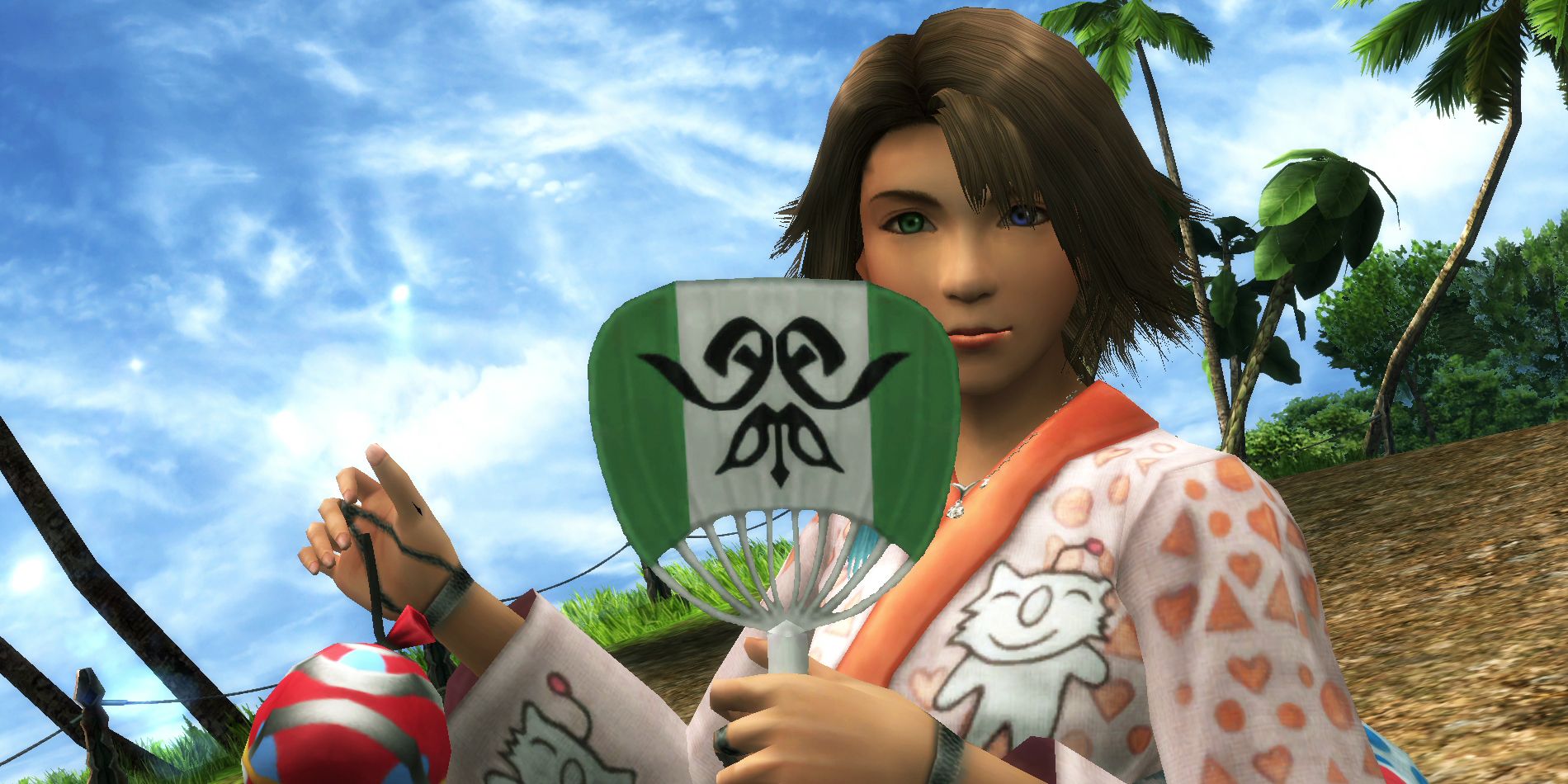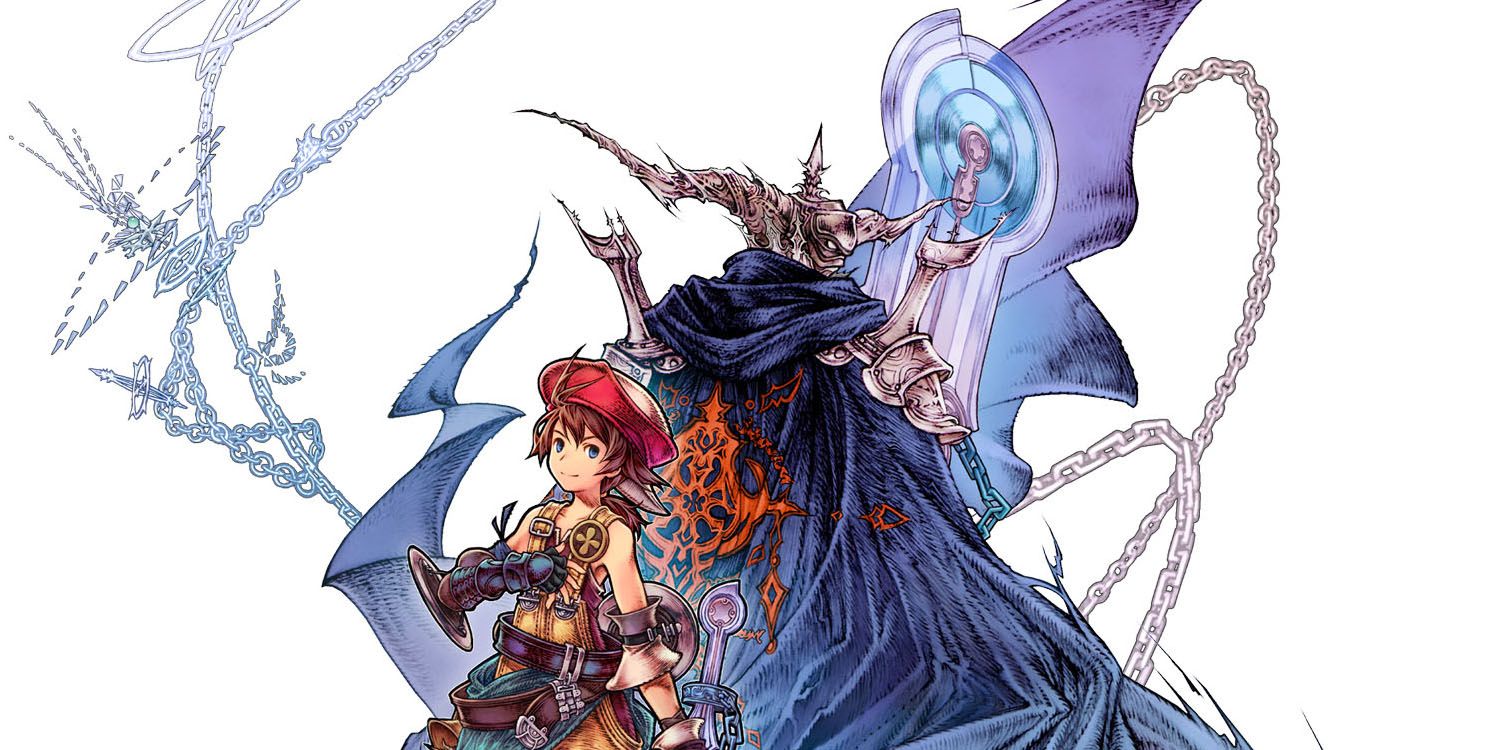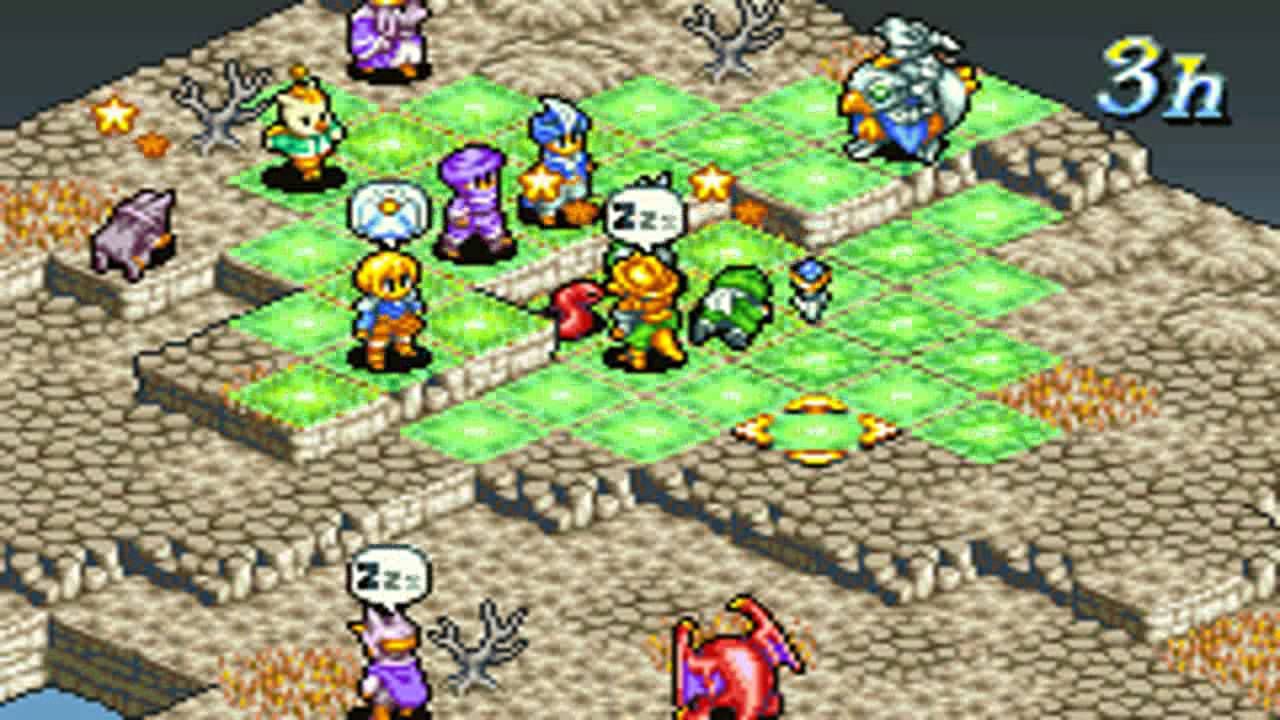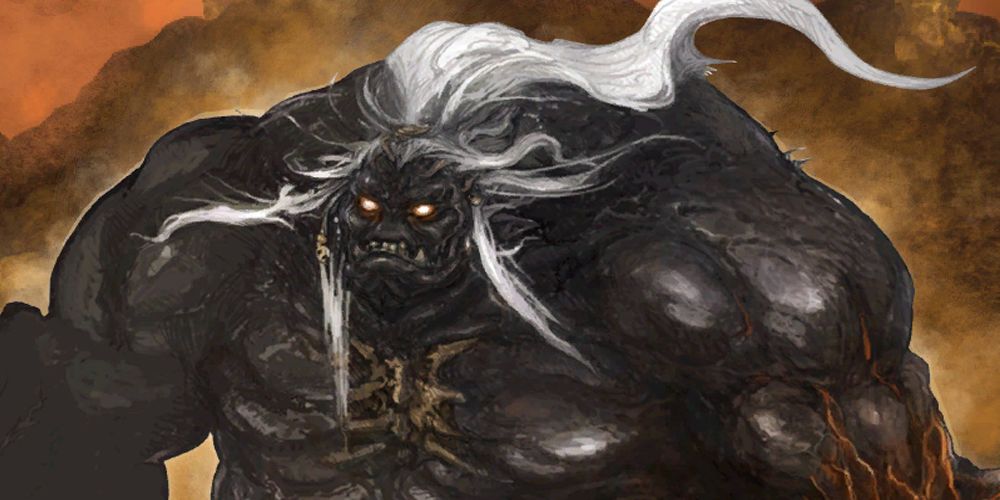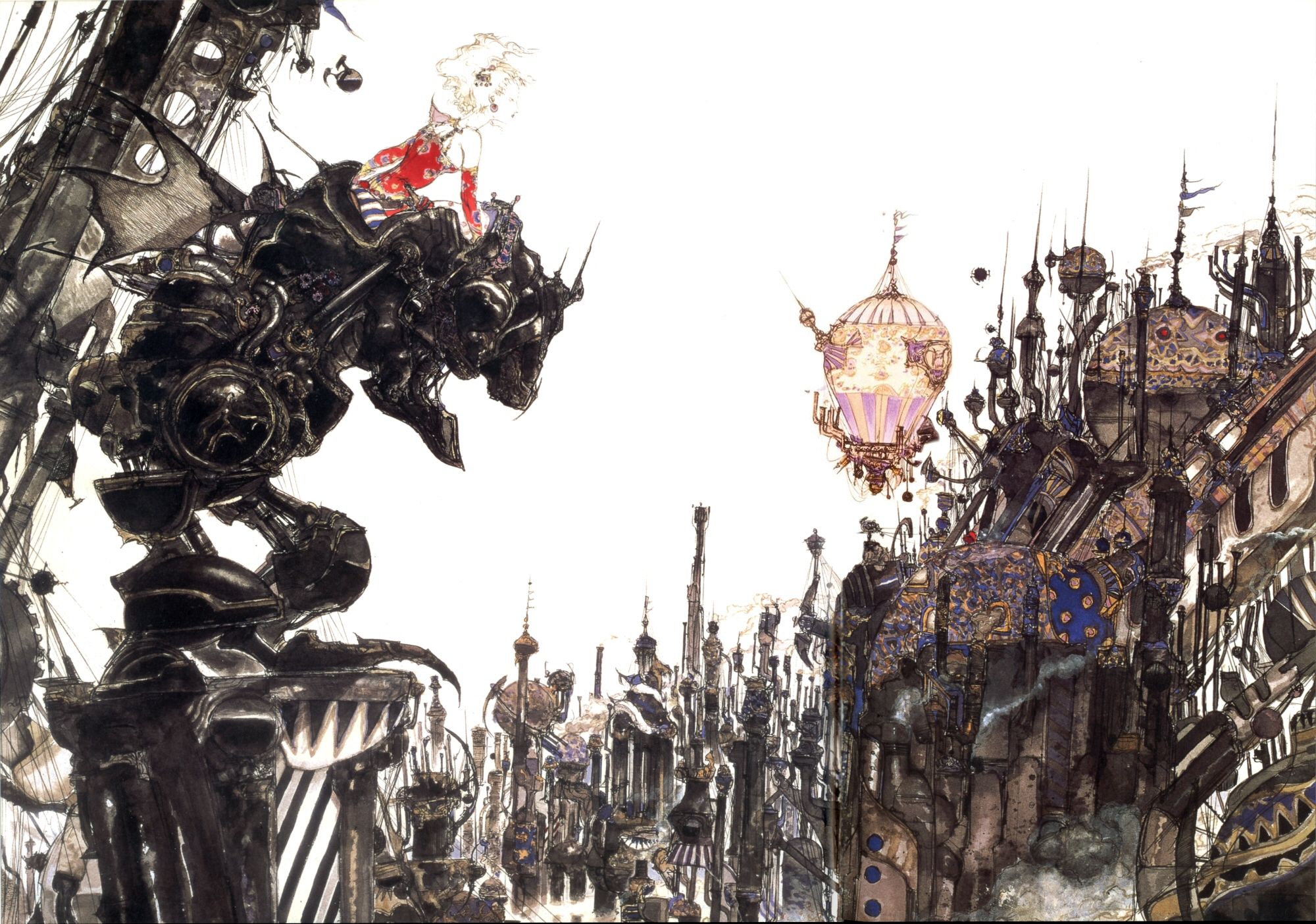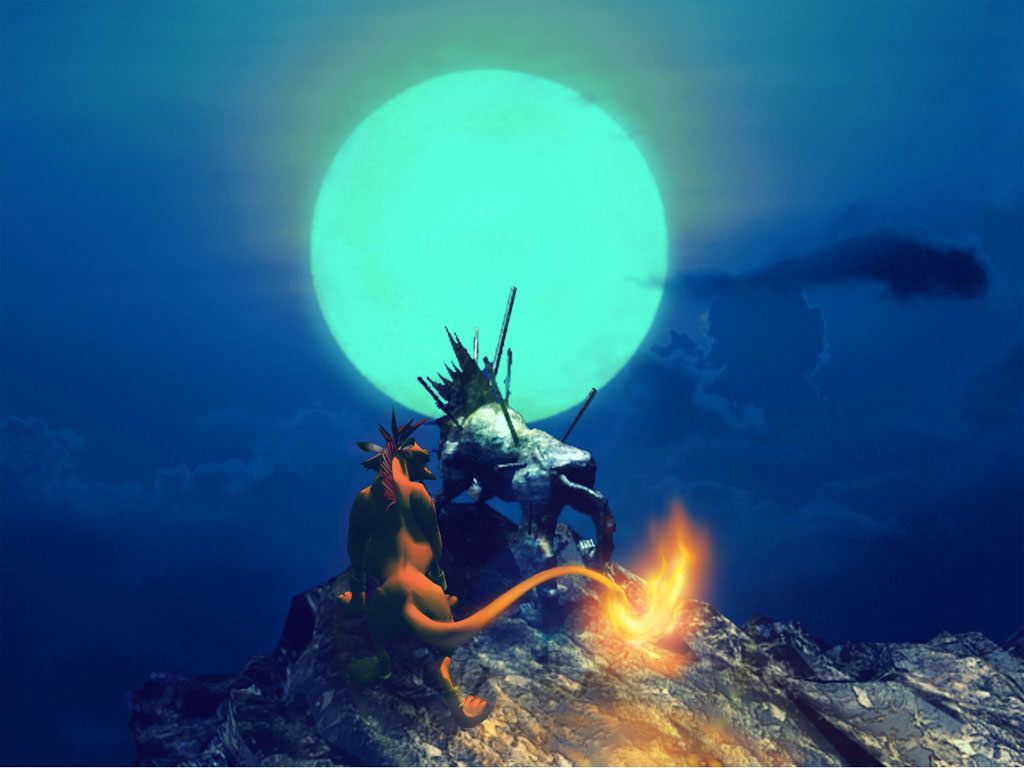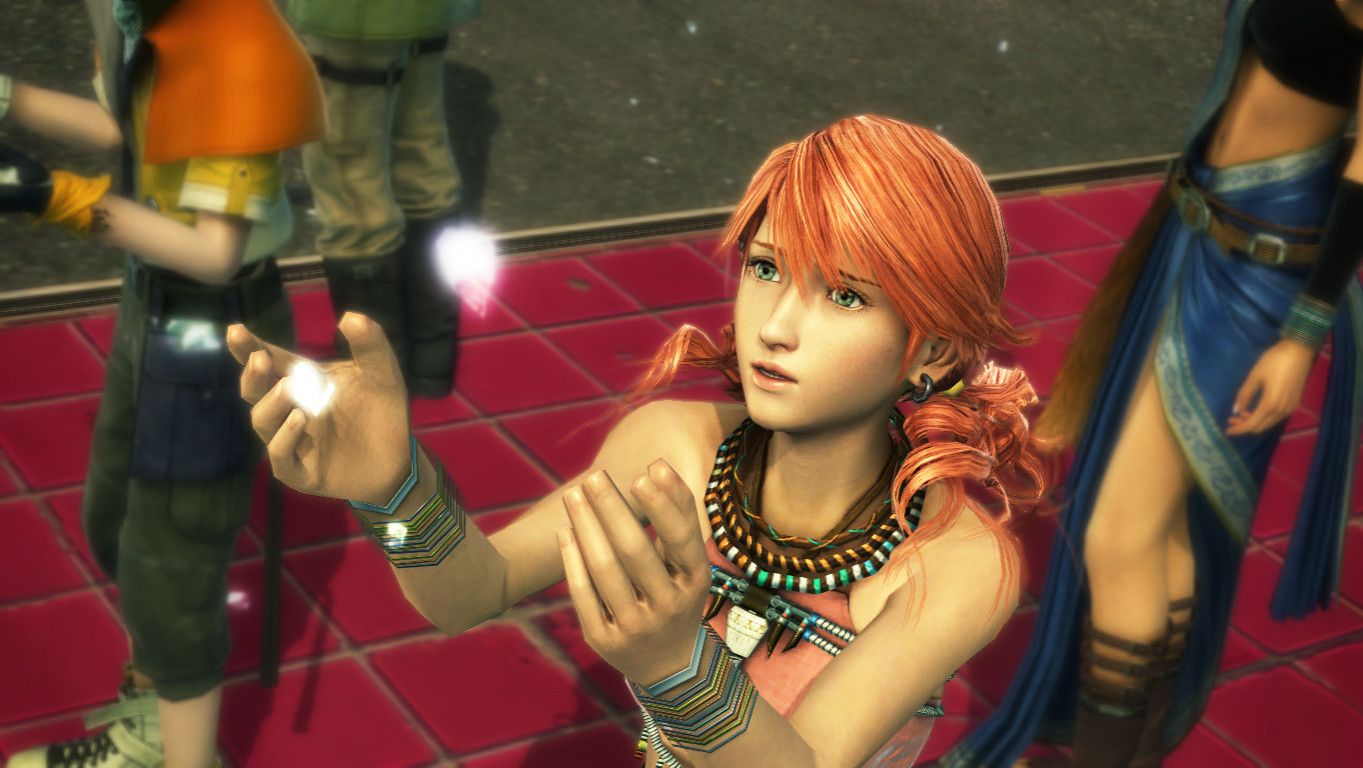It took a long time for the Final Fantasy series to find an audience outside of Japan. Final Fantasy VII became the killer app for the Sony PlayStation, which helped to bring the JRPG genre to mainstream success. The Final Fantasy series had been around for almost a decade by that point, with only a few games seeing a release outside of Japan.
The Final Fantasy series has had numerous adaptations and spinoffs that never left Japan. This continues on to the modern day, as pieces of this legendary series have never seen an international release. As such, there are parts of the Final Fantasy series that have eluded even the most dedicated of fans. This is to say nothing of the numerous Final Fantasy projects that never saw the light of day, with many intriguing games being canceled before they had a chance to be enjoyed by the fans.
We are here today to look at the pieces of Final Fantasy lore that even the die-hard fans don't know about. From the Final Fantasy football inspiration, to the flower pot that almost destroyed Eorzea.
Here are Twenty Things Even Die-Hard Fans Didn’t Know About Final Fantasy!
20 The Quarterback Class
The early Final Fantasy titles copied the turn-based combat system that had been popularized by the Dragon Quest series. The series abandoned this system after Final Fantasy X and has since focused more on action-RPG gameplay than turn-based, which was a conscious decision on Square Enix's part. The gameplay in the Kingdom Hearts games is probably the biggest influence on the new direction of the Final Fantasy series.
The creator of the original battle system was Hiroyuki Ito, who acted as one of the programmers on Final Fantasy. Ito has revealed that the inspiration behind the battle system was actually American Football. The idea was to use the planning aspect of professional sports and turn it into the gameplay of a fantasy RPG. This also explains the positioning of the party members at the start of each battle.
19 Firion X Maria Is Canon
Final Fantasy II ends on a bittersweet note: Emperor Mateus is slain and peace is restored to the world, but this victory came at a great cost, as many noble heroes sacrificed their lives in order to help the Wild Rose Rebellion succeed.
There was a Japan-exclusive novelization of Final Fantasy II, called Final Fantasy II Muma no Meikyū, which offered a lot more backstory for characters like Emperor Mateus and featured some beautiful artwork provided by Yoshitaka Amano.
The ending of Final Fantasy II Muma no Meikyū continued on from the ending of the game and established that Firion ended up in a romantic relationship with Maria. This was something that didn't happen in the game but was included as a subplot in the novel.
18 Unei Used To Be A Looker
The Final Fantasy games have generally shied away from extreme depictions of people not wearing clothes and violence. The same cannot be said for the manga adaptation of Final Fantasy III, called Yūkyū no Kaze Densetsu: Final Fantasy III Yori. which featured body horror-style violence and depictions of both male and females not wearing anything.
We see a much younger and more attractive version of Unei in Yūkyū no Kaze Densetsu: Final Fantasy III Yori. This design was actually based on the original concept art of the character, which was created by Yoshitaka Amano. His version of the character was meant to be beautiful, but she was eventually changed into an old crone. Amano's design would later be repurposed for the Final Fantasy III manga.
17 The Final Fantasy IV/Hellboy Crossover That We Were Denied
Mike Mignola is best known as the creator of Hellboy. Before he rose to prominence with Hellboy, Mignola almost became involved with the Final Fantasy universe.
In 1992, Squaresoft approached Hollywood Comics (a publisher owned by Disney) to create a comic book adaptation of the original Final Fantasy. This changed into a four-part adaptation of Final Fantasy IV (known as Final Fantasy II in America) that was meant to promote the game. The series would be written by Kurt Busiek, with covers done by Mike Mignola.
The Final Fantasy comic never came to pass, as Hollywood Comics went out of business before development could begin on them. A few of the covers have since been released online, but they are in a rough and undeveloped state.
16 Exdeath The Centaur
When the party first encounters Exdeath in Final Fantasy V, he appears to be a man who is covered head to toe in armor. The truth of the matter is that he is something far more bizarre. Exdeath was created from the evil spirit of Enuo who had been imprisoned within a tree and his true form was that of a twisted nature spirit. When you finally have your last battle with Exdeath at the end of the game, he appears in the form of a colossal tree that is growing throughout the darkness of the void.
Yoshitaka Amano originally had a different design in mind for Exdeath. According to Amano's concept art, Exdeath was originally going to be a centaur wearing a cape. Elements of this design were later reworked into his Neo Exdeath form.
15 Angela & The Whip
Final Fantasy VI has one of the biggest casts of playable characters in the series. What makes this so impressive is that each of the characters had unique traits and abilities that made them feel distinct from each other.
It seems that the cast of Final Fantasy VI was once planned to be bigger. There was once going to be another playable character named Angela, who was going to have had a close relationship with Cyan. All we know about Angela is that she was going to wield a whip in battle and was going to have an assertive attitude, with a sultry disposition. Angela was also going to flirt with Cyan, which suggests that she would be introduced after the events at Doma Castle.
14 We Might Have Actually Got A Proper Ending
The game we know of as Final Fantasy VII went through numerous different concepts before it began development. Final Fantasy VII was originally going to be set in the real world and follow a detective on the trail of AVALANCHE. In this story, the being known as Jenova would exist in all humans, with those who can tap into her power being able to use magic. This concept would later be used for Parasite Eve.
Soraya Saga once pitched an idea for a dark sci-fi game to Squaresoft, with the notion that it would be the next game in the Final Fantasy series. The idea was rejected, as it was considered too dark in concept. Squaresoft decided to use this idea for a new series, which eventually turned into a game known as Xenogears.
13 The Mature Demo
The games in the Final Fantasy series usually receive a Teen rating or lower from the ESRB. The main exception to this is Final Fantasy Type-0 HD, which is a game that deals with the horrors of war and features more blood than the other titles in the series.
Final Fantasy VIII had a demo that was given away with Brave Fencer Musashi and as part of a Pizza Hut promotion. This demo took place during the Siege of Dollet, yet it was different from the final version of the game. Rinoa is a party member (even though she isn't introduced until later in the story) and the only Guardian Force you have access to is Leviathan.
The most unusual thing about the demo is that it was given a Mature rating by the ESRB, which is higher than the full version of the game, as Final Fantasy VIII received a Teen rating.
12 The Seven Endings Of Final Fantasy IX
Final Fantasy IX has a bittersweet ending that is beloved by many fans of the series.
Final Fantasy IX underwent several changes throughout its development which can be seen in the concept art for the game. One of the biggest involved the final scenes of the game. Originally, Hades was meant to be the final boss of the game, with many elements of the arena where you take on Necron still reflecting Hades' design. Hades was later turned into an optional superboss that can be found in the last dungeon.
The ending of Final Fantasy IX also underwent several changes throughout development. According to the developers of the game, they changed the ending seven different times before they finally found one that they were happy with.
11 Tidus' Angel & Devil
Final Fantasy X represented a huge jump for the series in terms of quality, as it was not only the first Final Fantasy game on the PlayStation 2, but it was the first to feature voice acting. It had a lot to live up to, which is why it went through a lot of different concepts.
The original concept for Final Fantasy X was called 17 Angelic Impact Devil's Shock. All we know from this stage of development comes from a single picture, which depicts an early version of Tidus and a large sea monster which may be Sin. This early version of Tidus has an angel and a devil on his shoulder, which suggests a different direction for both his character and the story at large. The idea of the angel/devil was phased out in later concepts for the game.
10 Swole Ramza
Fans of Final Fantasy Tactics were elated to see that the game would be represented in the upcoming Dissidia title for the arcades. Ramza Beoulve was chosen to represent the game, though his depiction was not without controversy, as he was given a nose, despite the fact that he didn't have one in Final Fantasy Tactics.
Yasumi Matsuno revealed a piece of concept art on Twitter that showed an early design of Ramza. This initial piece of artwork showed him with huge muscles that would put Popeye to shame. It didn't take long for Jojo's Bizarre Adventure inspired artwork showing an incredibly buff Ramza to start showing up on Japanese Twitter. Thankfully, Ramza's appearance in Dissidia NT lacks the huge muscles of his original design.
9 These Cars Are Lightning Fast
The people at Square Enix badly wanted to turn Lightning into a character that was as iconic as Cloud Strife or Sephiroth. This resulted in Final Fantasy XIII being turned into a trilogy and Lightning crossing over into numerous other games.
Lightning and Snow appeared in a Chinese commercial for Nissan cars in 2017, even though Final Fantasy XIII came out in 2009. The commercial shows Lightning and Snow escaping from enemy soldiers by driving a Nissan across ice bridges. This is odd, as Lightning and Snow had their own mounts & vehicles in Final Fantasy XIII. The only person who could create ice bridges was Snow by using his Shiva motorcycle mount. Snow shouldn't be able to create the ice bridges without Shiva's help and he can't do that if he is driving a Nissan.
8 The Childish Dressphere
Final Fantasy X and X-2 received numerous different versions across the various regions of the world, which meant that no truly complete version of the game existed until the recent HD remaster of both titles.
Final Fantasy X-2: International + Last Mission featured two new dresspheres, one of which was the Festivalist. This job changed the clothing of the Gullwings into that of traditional Japanese festival outfits.
The design of the Festivalist dressphere was created by an eight-year-old fan of the game as part of a contest held by Square Enix. The contest was advertised in the Final Fantasy Ultimania guides. The drawings of the contest winner are what you might expect in terms of quality for a kid, but the people at Square did an amazing job of recreating them in the game.
7 The Lost Transmuter
The biggest change between Final Fantasy Tactics and the Advance spinoffs was the inclusion of non-human playable characters that possessed their own unique jobs and abilities. The Nu mou race can use jobs that are linked to spellcasting, which gives them access to some of the most powerful magic spells in the game.
Final Fantasy Tactics A2: Grimoire of the Rift was meant to have another Nu mou job called the Transmuter. This job was going to possess the ability to combine two items together in order to create different attacks and restorative effects. The reason it was removed was due to a lack of time that would be needed to test all of the different potential mixes for bugs and glitches.
6 Cid's Censored Problem
The story of Final Fantasy Tactics Advance is one of the dangers of escapism. The main characters are able to flee into the magical world of Ivalice, though only Marche realizes the dangers of remaining in such a place. His friend, Mewt, was turned into the prince of Ivalice and had his dead mother returned to life, while his father was made into the Judgemaster.
Mewt's father is the Cid of the game. In the North American version of the game, Cid is shown to have lost his spirit after the death of his wife and is dressed down pitifully by his boss. In the original Japanese version of the game, Cid was actually a guy who likes beverages who hangs around on the streets. Mewt wanted him to become the Judgemaster of Ivalice in order to help his father escape from his addictions.
5 The Loss Of Titan
The original version of Eorzea was eventually replaced when Final Fantasy XIV became A Realm Reborn. This meant that there were elements of the game that never got a chance to appear before it was remade.
In 2011, Japan was rocked by one of the worst earthquakes in the country's history, which triggered a massive tsunami that devastated the coastline. This natural disaster resulted in changes being made to the initial version of Final Fantasy XIV, as both Titan and Leviathan were planned to appear in the game, but had their boss battles removed, due to concerns over the depiction of their abilities. A cutscene involving Titan was also cut from the Final Fantasy XIV, though fans discovered it within the files of the game. They would later appear in A Realm Reborn.
4 The Lost Colossus
When the emulation scene was created, it gave fans a chance to go through the files of their favorite games. The fans discovered a superboss in Final Fantasy VI called CzarDragon that was never finished. CzarDragon would later be reimagined as Kaiser Dragon in Final Fantasy VI Advance.
There is another unused boss in Final Fantasy VI known as the Colossus. This is a powerful creature that resembles the giant monsters that you encounter throughout the game, such as the Hill Gigas. It has a complete set of stats and a finished battle script, which makes it easy to patch back into the game.
The most unusual thing about the Colossus is that it targets characters who use the Blitz or Bushido commands. This suggests that it may have been planned to have been fought during Sabin's scenario.
3 Red XIII's Mysterious Mate
Final Fantasy VII had one of the most disappointing endings in the series. We weren't shown the conclusion of the clash between Meteor and Holy, save for the fact that the planet survived the encounter, as Red XIII was still alive centuries later.
The final scene showing Red XIII and his children was confusing for many fans, as it was stated throughout the game that he was the last surviving member of his species. The answer to this lies in Before Crisis, which was a Final Fantasy VII spinoff game for mobile phones that never left Japan.
In Before Crisis, it was established that a female of Red XIII's species had survived. Her name was Deneh and was sealed within an altar as part of a magic ritual, which is why she isn't around during the events of Final Fantasy VII.
2 A Vanilla Protagonist
Final Fantasy XIII had a tumultuous development, which resulted in a polarizing game that is considered to be one of the worst Final Fantasy titles of all time by some fans of the series.
The early trailers for Final Fantasy XIII showed Lightning (with a slightly different design) as the lead character of the game. This early footage ended up defining the direction of the game, as the developers wanted to make Vanille the main character of the story at one point during development. The reason this didn't come to pass was due to the fact that Lightning had already been promoted as the main character of the game and the developers wanted to capitalize on the positive reaction to her.
1 The Flower Pot Of Doom
The original version of Final Fantasy XIV had numerous issues which made it borderline unplayable on all but the most powerful of computers. This was because Square Enix made the choice to focus on the graphical side of the game, rather than making sure that it runs at an acceptable speed, which is what caused a lot of performance issues.
One of the most damaging items in the world of Final Fantasy XIV was actually a flower pot. Square Enix revealed that the average flower pot had around a thousand polygons and 150 lines of shader code, which is around the same level of assets that are used for an average player character. The presence of these highly detailed flower pots is what caused slowdown in a lot of areas. They represented Square Enix's original direction of the game, which is what forced Eorzea to be recreated as a much better title.

